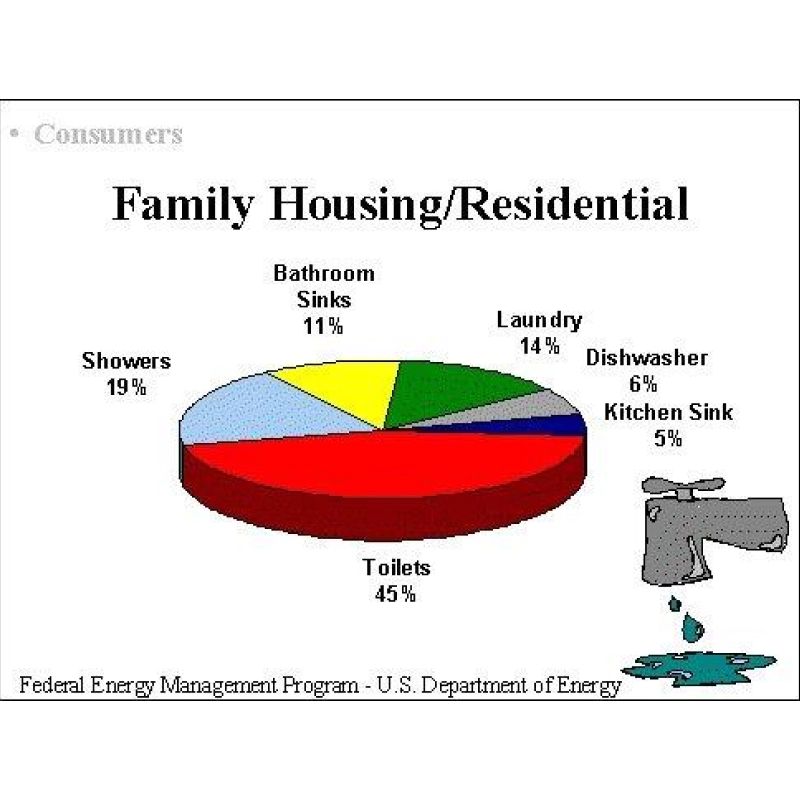Experienced Inspection Service at Your Fingertips
Water Systems
How Do We Get the Water?
Years ago, before environmental pollution was an issue, one could dig a hole with a shovel in most places, from one to thirty feet deep, and reach the water table. In some instances, the water table was substantially deeper than thirty feet, which made it necessary to devise methods to penetrate the earth further to reach the water. One of the earliest methods developed, the percussion well, is still in use today. This machinery punches or pounds a hole, approximately eight inches in diameter, through as many layers of sand and stone as needed to reach a depth where water is plentiful and potable. This might be anywhere from 80 to 500 feet deep. The process is slow and time-consuming, however, and it can take days or weeks to reach a suitable water supply. A quicker, more modern, and economical system uses an auger bit to drill an eight-inch hole in groundwater in a fraction of the time.
No matter which system is used for digging or drilling the well, the hole must be retained in order to prevent it from caving in. A metal or plastic casing is used to line the well for this purpose as it is being dug.
How Do We Get the Water Into Our Homes?
Reaching a source of water is only part of the well system. We now have to pump it into our homes and put it under pressure in order to use it. Two mechanical components are needed for this task: a pump and a pressure tank.
A submersible pump pushes water up into the pressure tank by means of an electric motor impeller and diffuser. The pump is located near the bottom of the well where it operates unseen, unheard, and nearly without maintenance. The size of the submersible pump depends on how deep the well is, or how far up it has to push the water.
Another type of pump is the jet pump, which can be designed for either deep or shallow operation. It is located at the surface, usually in the basement, and draws water from the well into the pressure tank. The shallow well design differs from the deep well design by the location of a component called the venturi, a narrow nozzle that assists in getting water to the surface. In a shallow well, the venturi is mounted on the pump at the surface and is equipped with a single pipe linking the pump to the well. This system is only capable of drawing water from a depth of about 25 feet.
In a deep well, the venturi is located near the bottom of the well and is equipped with two pipes. One pipe draws water out of the well, the other pushes it back down the well to activate the venturi, which helps the pump by pushing water up.
The pressure tank, a sealed vessel with air in it, is located between the pump and the house plumbing. Its purpose is to store water under pressure so that when we open a faucet at a plumbing fixture, it will have some force behind it. When the pump begins to fill the pressure tank with water, the air is compressed. When the air is compressed to approximately 40 psi (pounds per square inch), a control device, called a pressure switch, signals the pump to shut off. When you open a faucet, the air pressure in the tank pushes water through the plumbing system. As the level of the water drops in the tank, so does the air pressure. When it decreases to approximately 20 psi, the pressure switch signals the pump to go on. Water fills the tank, the air in the tank is compressed, and pressure increases. This cycle continues until you shut off the faucet.
While some systems vary according to the local groundwater available as well as individual needs, most private residential water supply systems operate in this basic manner.




